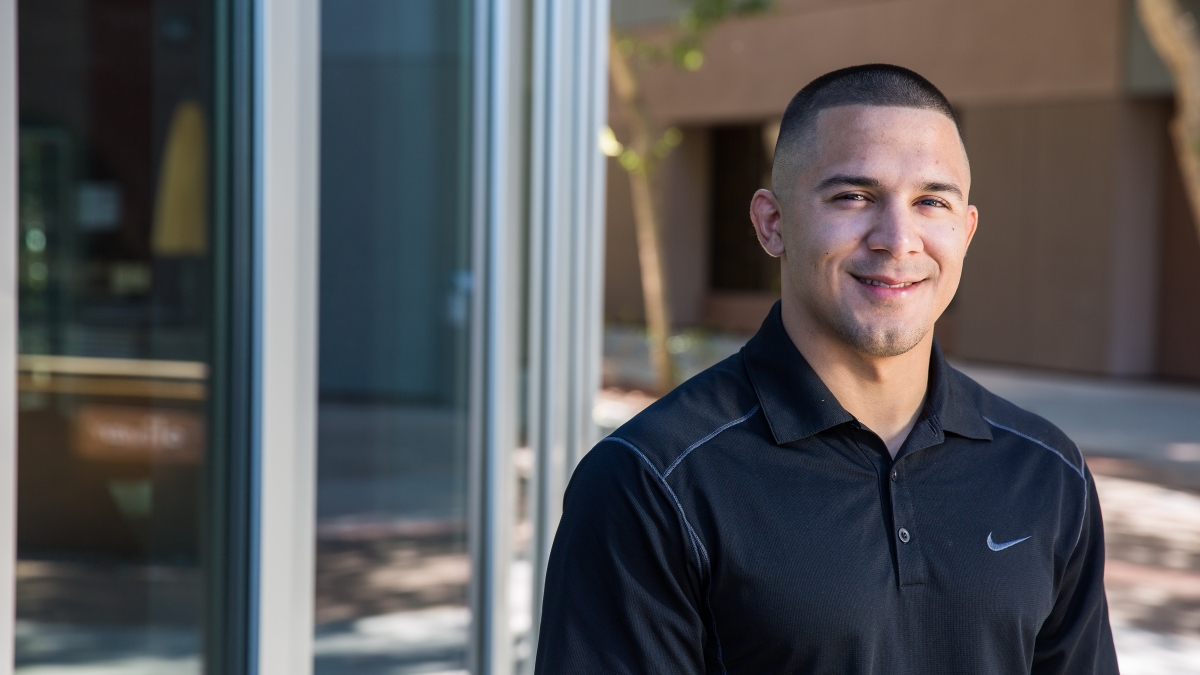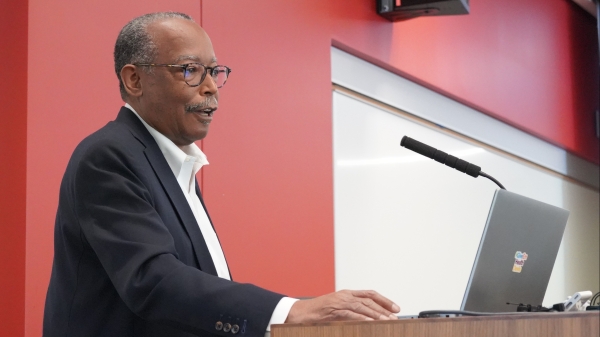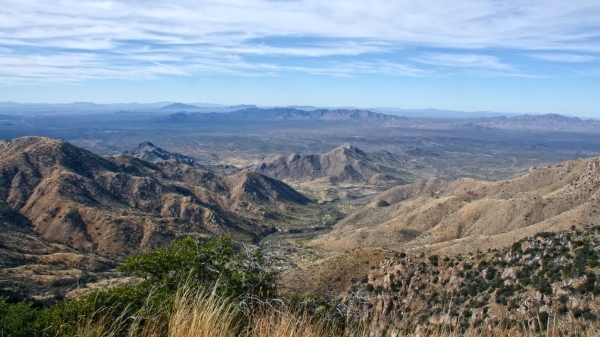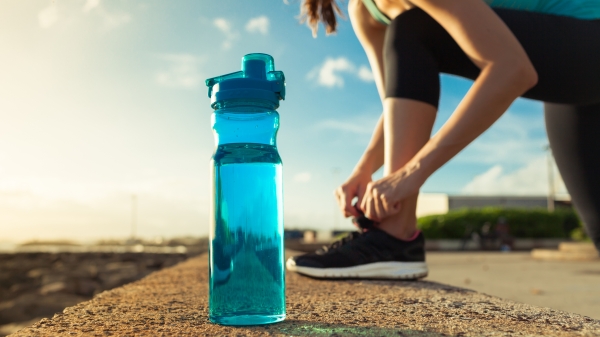Helping the health of his hometown
Andy Meza aims to make a difference in the underserved populations in Yuma

Editor's note: This is part of a series of profiles for spring 2016 commencement. See the rest here.
Andres “Andy” Meza’s goal in life is lofty but achievable: to leave a mark on the Hispanic community.
If the 22-year-old Yuma native continues to follow his educational path, that goal will be attainable in just a few short years.
Meza, a kinesiology major from the College of Health Solutions, is headed to A.T. Still University’s satellite campus in east Mesa after he graduates from ASU in May, to obtain his Doctorate of Physical Therapy. He says after he becomes a doctor, he’ll head back to Yuma, where he’ll help address the needs of an underserved population.
“Being a border town, Yuma has a lot of field and blue-collar workers and not a lot of health-care professionals,” Meza said. “The language barrier is a real problem, and there’s often a miscommunication between patient and provider. Lack of communication could lead to a treatment that’s not right for them or put them on a path they don’t want to necessarily want to be.
“I want to help people understand the service I am trying to provide to them.”
Meza is graduating summa cum laude with a 3.95 GPA and is the last of his siblings, who are all first-generation college graduates. He is, however, the first in his family to pursue a graduate degree.
Question: What was your “aha” moment, when you realized you wanted to study the field you majored in?
Answer: While taking my management course, I realized that if I was going to invest all this time in school, I better like what I am learning — I needed to do something that I love. I knew that I wanted to do physical therapy in high school, but I didn’t want to go to school for seven years, I just wanted four years and done. However, after being at ASU, I realized that the seven years would be worth it if I liked it versus four and not liking what I am doing. Plus, I didn’t like the coding as far as engineering goes. The little things in the human body made me really like what I was learning.
Q: What’s something you learned while at ASU — in the classroom or otherwise — that surprised you, that changed your perspective?
A: When in doubt, you can always rely on real science. After butchering various myths in a few of my classes, it made me realize how gullible one can be. Now I can make sure to always do my research before being influenced, even if it isn’t science-related.
Q: Why did you choose ASU?
A: I knew I wanted to stay in state, from Yuma, this is the closest city to me and family is very important to me. It was really important that I have access to them whenever necessary. And who wants to live in Tucson, right? The football games, big campus, bigger city — I come from a small town and wanted to try something different as far as demographics go as opposed to being confined in a small town like my entire life.
The engineering program drew me here, and I started off in mechanical engineering and didn’t like what I was learning, and we learned about the human body and realized that that was what I was passionate about learning and switched to KIN after reviewing majors.
Q: What’s the best piece of advice you’d give to those still in school?
A: Get to know your professor personally. They aren’t there to present a lecture; they genuinely care about your success. Whether it is personally, professional or academic advice, they may be the perfect person to guide you in the right direction. You’ll never know when you need a helping hand.
Second piece of advice: Don’t mess around early; leave yourself some cushion. When times start to get rough, that extra cushion can save your grade or GPA regardless if it’s beginning of your college career or your last semester.
Q: What was your favorite spot on campus, whether for studying, meeting friends or just thinking about life?
A: Second floor of the Cronkite building in the study room because it was quiet and had a lot of light and made studying more tolerable/pleasurable. I like sunlight and not gloomy like the underground basement.
Q: What are your plans after graduation?
A: I’ll be attending A.T. Still University in Mesa to get my Doctorate of Physical Therapy. I want to stay in the Valley to get a good mentorship for five years. Once I establish myself I want to go back to Yuma to help out there.
Q: If someone gave you $40 million to solve one problem on our planet, what would you tackle?
A: I want to perfect renewable energy. I really dislike fluctuating gas prices. It’s one of the things that really grinds my gears. How can gas go from $1.60 one week and be 60 cents more the next week?
Top photo by Deanna Dent/ASU Now
More Health and medicine

College of Health Solutions hosts visit from leading expert in genomic research
Some fortunate Arizona State University faculty, staff and students were able to gain valuable insights and perspective during a visit by one of the country’s leading figures in health and scientific…

Indigenous ASU research team recommends assistance for tribal members still reeling from COVID-19’s effects
When Matt Ignacio’s tribe, the Tohono O’odham Nation, donated $1 million to Arizona State University to support COVID-19 research, he applied for some of the money to understand and report any…

Tips for staying hydrated during Pat's Run and other outdoor activities
By Aidan Hansen Staying hydrated and listening to your body during outdoor exercise activities is crucial to one's health and safety, especially in warm climates. And with the average daytime high…